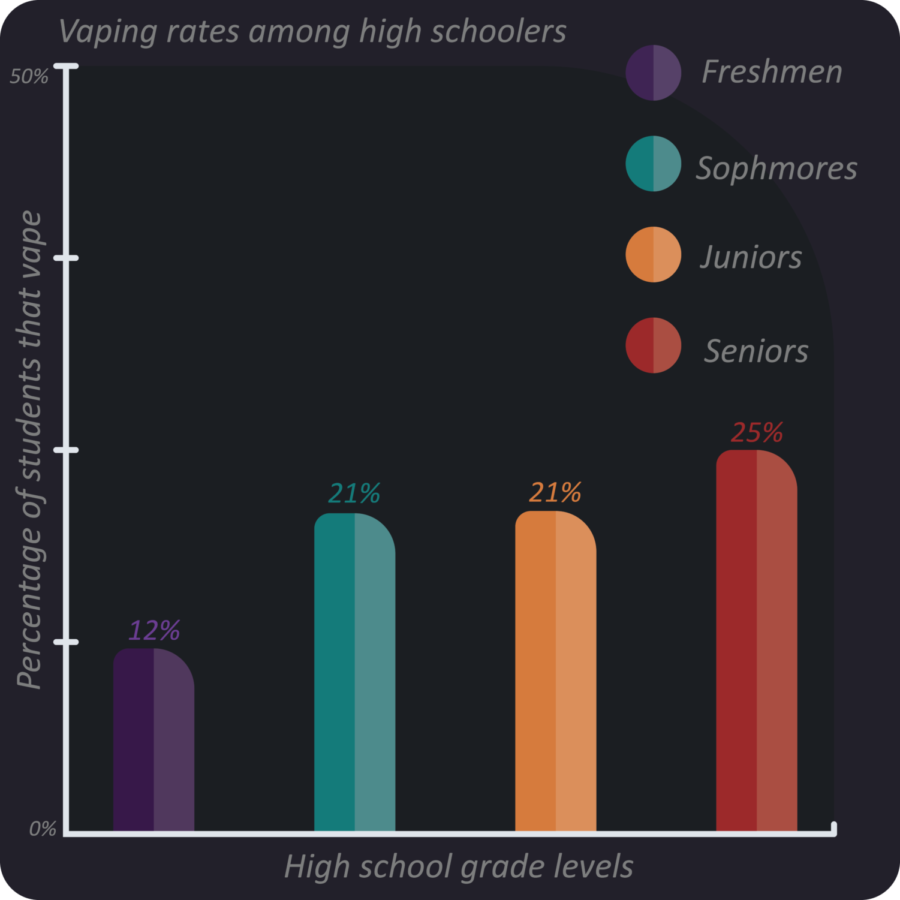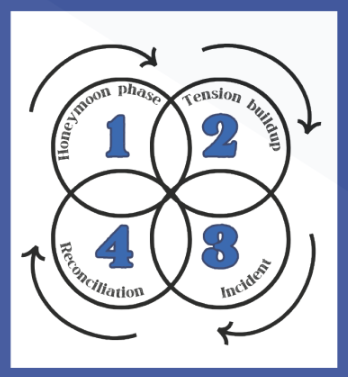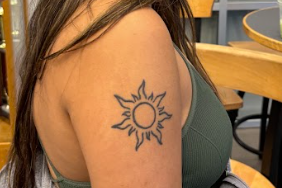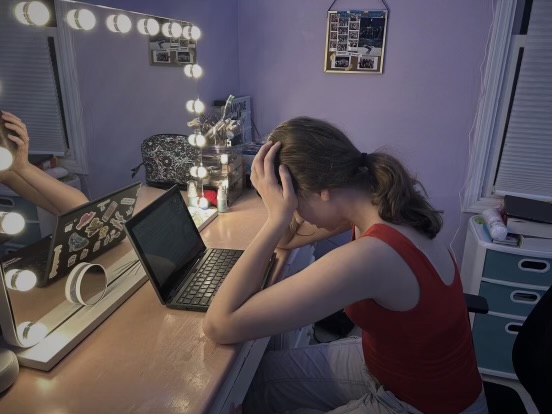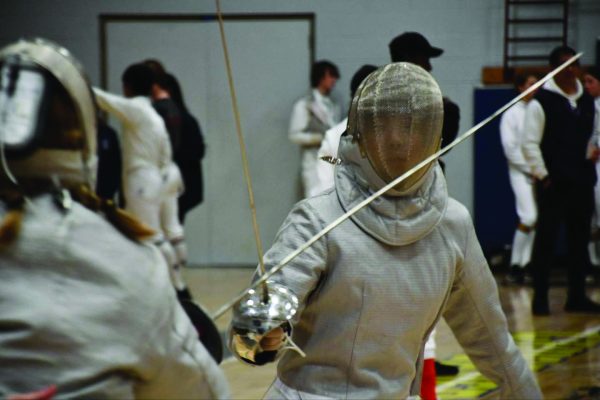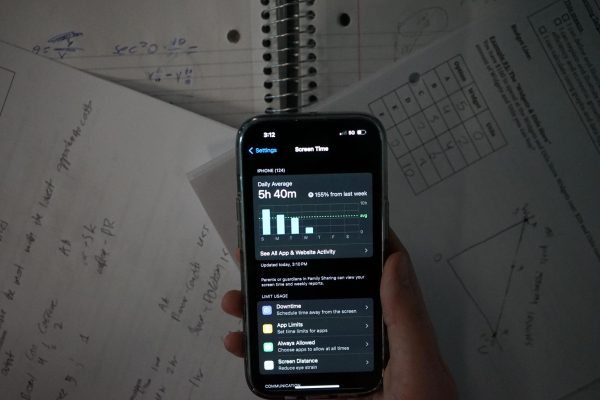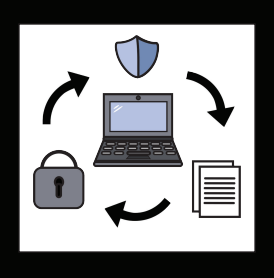Vaping on the rise at VHHS
Students continue to partake in nicotine trend
Seniors partake in vaping at a higher rate than any other grade.
Walking into any high school, it’s impossible to escape vaping. It consumes bathrooms, homes, social media, classrooms, parties. Anywhere that high school students go, vaping follows.
The rise of a new trend always grasps the attention of teenagers, and vaping has rapidly become popular for high school students. Vernon Hills students have not been an exception to this rule, as vaping has become more and more common in recent years.
An average of 19.75 percent of VHHS students reported vaping in the last 30 days in the 2018 Illinois Youth Survey, a report that Illinois students take part in to provide data on health goals.
The general perception of vaping at VHHS is that it has become very prevalent. Julia McGuire (12) sees it as an extremely big part of the culture at VHHS.
“[It is] all the time, everywhere, everyone,” McGuire said.
The national percentage of teens in grades 9-12 that currently use an electronic vapor product is 13.2 percent.
Travis Pak (12) believes the numbers are a relatively good sample, but don’t show the full story.
“Of the people who do it regularly, that’s somewhat accurate, but then…people who [vape] on more than one occasion, but not habitually, [there are] way more people who have done it than that percentage,” Pak said.
For Vernon Hills students, Illinois Youth Survey showed an increase in the percentage of vaping from 2016 to 2018. The average went up by 10.5 percentage points. Maddie Riehm (12) has seen a difference in the attitude towards vaping throughout her four years.
“Freshmen year…everyone thought ‘no one would vape,’ but now it feels like a lot of people do it,” Riehm said.
At Vernon Hills, there is an increase from 12 percent to 25 percent between freshmen and seniors. Freshmen tend to have the lowest percentage of students that vape, but that number rises as they get older.
Andy Duran is the Executive Director of LEAD, an organization based on prevention of risky behaviors for teens.
“As students age, they’re more likely to get involved in substance-abuse behavior,” Duran said.
Evelyn Leary (10) doesn’t feel that there is a big difference in the likelihood of vaping based on grade.
“I think maybe the freshmen haven’t been as exposed to it, but as soon as they are, they’re going to be the same as everyone else,” she said.
Despite the fact that vaping clearly exists at Vernon Hills, it doesn’t represent the extremes of vaping in high schools.
Vernon Hills High School has a lower percentage of students that vape than other schools in Lake County. Vernon Hills assistant principal, Mr. Stilling, has talked with surrounding schools on their issues with vaping.
“Some schools feel like [catching students vaping] is all they do. Every day, they have another vape pen that some kid is smoking in the bathroom or a teacher confiscates,” he said. “We are very far from that, which is good to know.”
Vaping makes up a significant percentage of code of conduct violations. So far this year, 40 percent of the violations at Vernon Hills have come from incidents of students caught vaping.
“It’s hard for us to know for sure how bad it is. I know that when we talk to kids, it sounds like there’s more going on than we can catch because it’s really easy to hide,” Stilling said.
There’s no definite reason why Vernon Hills has lower numbers, but Ms. Powell, one of the deans at Vernon Hills, sees a potential correlation between the involvement of students at Vernon Hills in activities and the lower numbers.
“I think our kids are more involved, and students that are involved don’t tend to be the kids that are vaping…they’re concerned about their athletics,” she said.
Recently, the FDA has banned the sale of flavored e-cigarettes in retailers open to minors. This is in attempt to cut off teen vaping.
“That’s a game changer. It’s going to be a big impact,” Duran said. “We know flavors is one of the things that have hooked kids.”
The FDA has also investigated the marketing of vapes for multiple manufacturers, considering the high rates of use among teenagers and the fact that teens seem to be drawn to vaping in particular.
Pak noticed that marketing towards teens for vapes seems to be noticeable in medias that are used primarily by teenagers.
“[I’ve seen it] on Snapchat or Instagram…I think social media is their way of marketing to our age group,” he said.
The idea that there are so many students vaping, only helps the trend to catch on. Brittany Garcia (12) finds that there isn’t a great reason for teenagers to vape.
“[Students vape because of] peer pressure, it makes them look good and maybe they want to get some enjoyment out of it,” Garcia said.
The growth vaping among high schoolers is a newer trend.
“Vapes have really only been an issue among teens for the last two years or so,” Duran said.
Mr. Pagani only began to teach about vaping in the freshmen health classes in recent years as its popularity began to rise.
“I never used to talk about vaping until three years ago when it started getting big,” he said.
While vaping is still damaging to the health of a user, many teenagers don’t find it as harmful as other things, such as cigarettes.
“[Students] are convinced that vaping devices aren’t addictive or they aren’t as bad,” Leary said.
There is a common lack of knowledge surrounding vaping, especially for teens.
“With vaping, a lot of the perceptions and beliefs that teens have are rooted in wrong information,” Duran said. “The industry will tell half-truths to students.”
Vaping has a presence at Vernon Hills that doesn’t go unnoticed.
“[Students are] split half and half,” McGuire said. “Either you love it or you hate it.”

